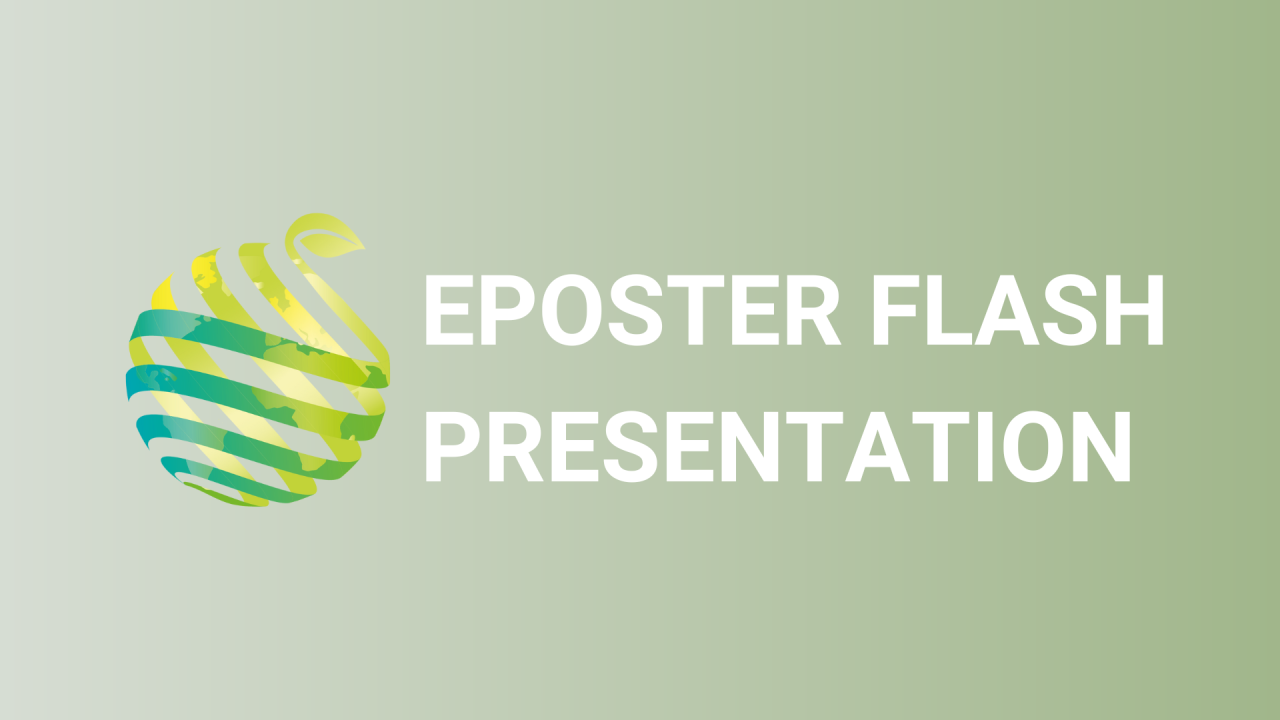

S25 - Session P1 - Adaptation to cultivation of Hypericum pubescens Boiss., an endangered species in Alentejo (Portugal)
Information
Authors: Orlanda Viamonte Póvoa, Noémia Farinha *, Mariana Paulo, Maria Churra
Hypericum pubescens Boiss. is a medicinal plant, classified as an endangered species, in the red list of the vascular flora from Portugal Continental, mainly due to the intensification of agricultural systems in Baixo-Alentejo. This species is widely used in traditional medicine, increasing genetic erosion risk. Thus, studying propagation methods for an efficient cultivation is our main goal. On May 2021, plants collected from nature, were installed in an experimental field, using weed control fabric, constituted by 3 randomized blocks (15 plants; 5 plants/block, 25 cm spacing between plants in row and 50 cm between rows). Phenology descriptors (flowering dates: beginning, full, end) were observed: On November 2021, agronomic descriptors were observed: plot area, plot biomass production and main stem descriptors (height, length, number of internodes, number of ramifications and biomass production). 3 seed samples were tested: a) from a cultivated plot on 2016; b) from nature on 2017; c) from a cultivated plot on 2021. All trials were done on Petri dishes, incubated at 20ºC and 12h photoperiod, using 4 replicates of 50 seeds. On November 2021, a vegetative propagation trial was installed, using 30 cuttings (5 cm length) of 4 types of stem cuttings: softwood terminal; softwood sub-terminal; semi-softwood and hardwood. Cuttings were placed in a 5 x 5 cm cells on plastic trays, using a commercial turf grass substrate. Cuttings rooting success and height was later observed. The germination capacity of the seed a) was 69%, 1000 seed weight was 0,082g. Average height of plants was 21,9 cm, stem average length was 66,1 cm, thus plants have prostrate habit; main stems had average 67 ramifications and 45 internodes. The plot had 4,6 m2, producing 862,2 g/m2 fresh herb (173,3 dry weight). Plants were vigorous and cultivation installation using weed control fabric was considered a success.